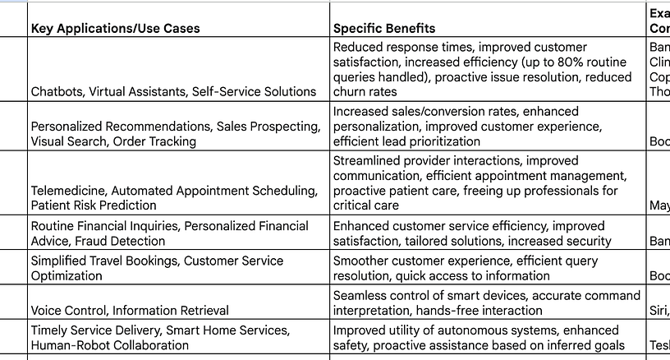Medium
2d
82

Image Credit: Medium
Google Gemini: Intent Recognition Intelligence AI — Unveiling Human Goals and Anticipating Actions…
- Intent Recognition Intelligence AI advances beyond keyword matching to discern human intentions, enabling AI systems to anticipate needs and actions prior to explicit articulation.
- This advancement enhances interaction quality by empowering machines to interpret and respond to human behavior with greater accuracy.
- Agentic AI anticipates user needs, fostering proactive and engaging interactions through predictive analytics, statistical analysis, and machine learning.
- Contextual AI dynamically adjusts responses based on past conversations and real-time data, transforming industries and enhancing user experience.
- The shift from reactive to proactive AI systems improves efficiency, reduces user effort, and enhances engagement by anticipating user needs and actions.
- Intent Recognition Intelligence AI plays a vital role in various sectors, from chatbots and customer support to sales, healthcare, finance, and robotics.
- Natural Language Processing (NLP) is foundational, enabling AI to understand user language through intent classification and interpretation.
- Machine learning algorithms, such as neural networks and decision trees, are essential for precise intent classification and user behavior prediction.
- Deep learning models like BERT and Transformer architectures enhance accuracy in intent recognition by capturing contextual information and semantic meanings.
- The quality of training data and continuous learning are crucial for improving intent recognition models over time and adapting to evolving user behavior.
Read Full Article
4 Likes
For uninterrupted reading, download the app